コラム
落合憲弘
John Sypal
タカザワケンジ
なぎら健壱

In addition to being the busiest transportation hub of the metropolis, Shinjuku might also be considered its photographic center, as well. A major commercial district, Shinjuku is home to small used camera shops as well as the massive photo-supply juggernaut, Yodobashi Camera.
In the area one also finds a slew of galleries- both by camera makers and smaller, artist-run spots that survive on the financial means and passion of their members. Shinjuku’s spectacle and mood has been the muse for many a photographer- one could easily compile a taller stack of books with it as a theme (or even title) than they could any other part of Tokyo.
Shinjuku has long been a point of entry for Tokyo- a gathering place for the city’s many transplants. Fukuoka-born photographer Koji Onaka, having moved to Tokyo for school, spent his student days in this western part of the city. After graduating in 1982 Onaka worked with the gallery Image Shop Camp before opening his own photo space, Kaido.
“Memories of Younger Days in Shinjuku” is a collection of pictures published by Kaido Books in 2018. The images inside were taken over twelve years, from his graduation from photo school to 1994.
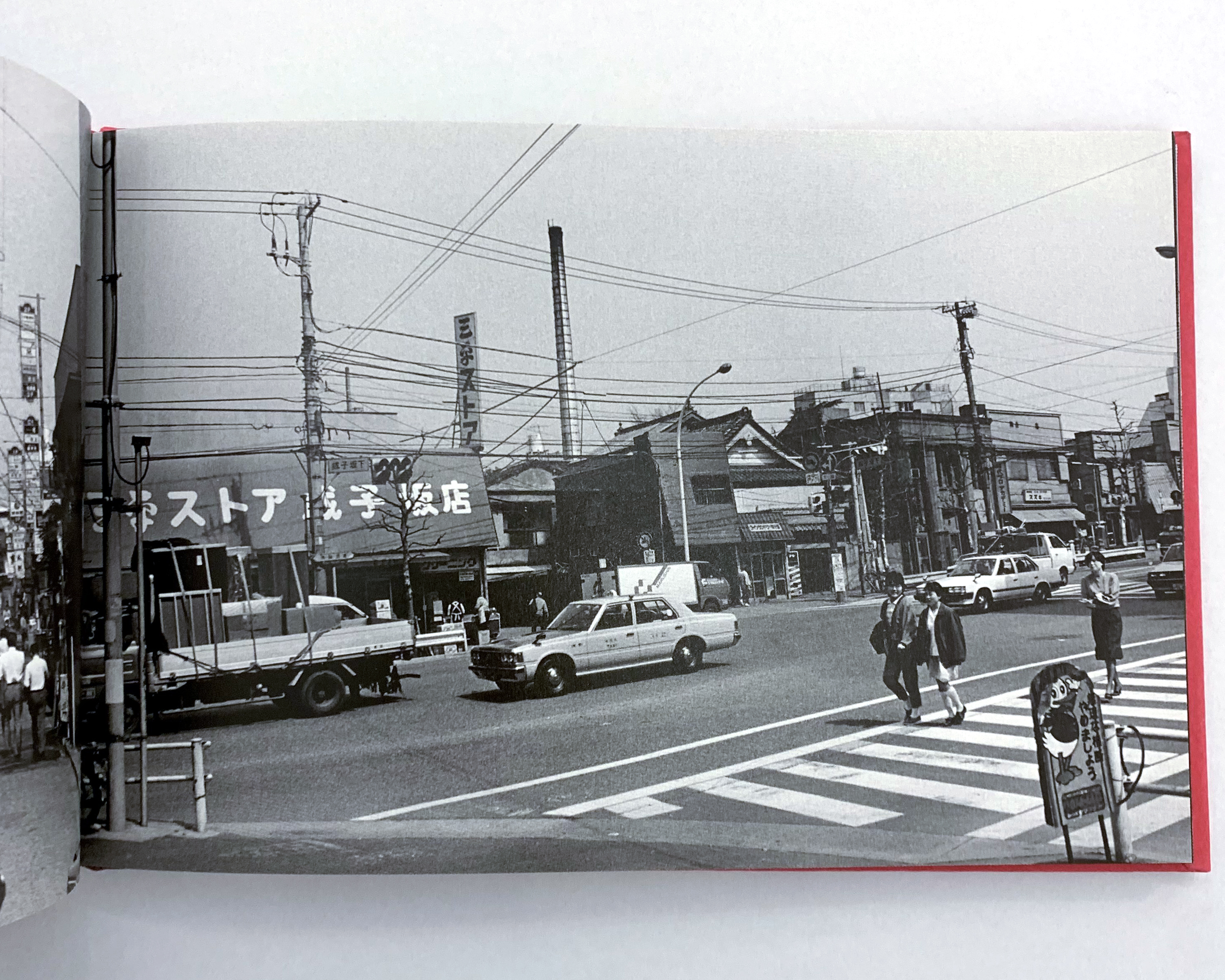
Part of Shinjuku’s energy is the inevitable, non-stop transformation of its streets and structures. Despite the changes wrought by developers and chain-store conglomerates, it’s fascinating to recognize so many street corners in these pages. Often, even though nearly every building and sign in a particular frame has changed since the late 80s, that “there” is still, well, “there”. Unless it’s not. Other parts are absolutely unrecognizable, now replaced by the cold, tiled landscaping of massive glass tower blocks or yet another Starbucks. This element of change is a theme of the book. There, amongst the snapshots of his life (apartment, galleries) and friends (bars, photographers), a particular set of buildings, seen across the street from a few floors up, appears. This view (from Kaido?) looks like any other street in the book- composed of somewhat shoddy, aging buildings and a public bath. But, slowly, as pages turn, this small block gives way to demolition, to change. We see it one last time, the third to the last picture- what stood has been replaced by a freshly poured parking lot.
I first visited Shinjuku (my own “gateway” to the city) in 1998. Being the photographic hub of the city, I’ve visited it weekly since 2004. Whether the tempo of development has quickened since the early 90s, I am unable to say. I do think that the scale of it has shifted- with not just buildings but a mood over the area. The current touristic Disney-ification of Golden-Gai and Kabukicho isn’t something that I- nor especially anyone in Onaka’s photos- could have believed back then. Within these pages of younger days there’s a sort of grit and grime which is vanishing from Shinjuku. This period of Shinjuku was one of texture and signage- a more lived-in, human feeling. Not one of safety, but of life. Today, while Shinjuku shadows remain, things are far smoother and cleaner- its corners are rounded, with more things are aligned, sterilized, and brightened behind glass and security cameras.
- “Back then, on the streets of Shinjuku, he was there as two people – the dashing, daring Koji and the gloomy Onaka.” –– Daido Moriyama
So notes Daido Moriyama in the book’s only text. I can’t help but wonder what Koji and Onaka would have thought of the city today. Thankfully though, through this wonderful book, we can glimpse their feelings for it then.

新宿は、東京で最もにぎやかな交通の要所であると同時に、写真の中心地として知られているのではないでしょうか。 カメラを買うなら、中古カメラ店やヨドバシカメラが有名です。 写真を見るなら、カメラメーカーのギャラリーから、小さなインディー派ギャラリーまで、たくさん展示を見られるスペースがあります。写真を撮るなら、やっぱり、新宿の光景と雰囲気は昔から多くの写真家のミューズです。賑やかな道はスナップ楽園。そう、「新宿」をテーマにした写真集は、東京の他のどの地域よりも簡単に高く積み上げることができるでしょう。
新宿は東京の玄関であり、昔から東京に移り住んだ多くの人々が集まる場所です。 福岡県出身の写真家、尾仲浩二は、写真学校のために上京し、学生時代を新宿で過ごしました。1982年に卒業した後、IMAGE SHOP CAMPに所属、その後はギャラリー「街道」をオープンしました。 『あの頃、新宿で』は、尾仲さんが1982年から1994年まで撮影した写真集です。

昭和がどんどん消え続けるのと同時に、新宿もどんどん変わっていく街です。「変化」という要素は、この本のテーマでもあります。写真に写っているのは尾仲さんの生活(アパート、ギャラリー、バー)や友人(写真家)です。それは季節でも「時間の流れ」を感じることができます。街角のスナップショットが多いですが、よく見れば、ある風景が何ページにもわたって現れる。撮影場所は、2階から通りの向こう側だと思います。少し粗末で古びた建物と銭湯で構成されて写っています。しかし、ページをめくるごとに、この小さな街区は徐々に取り壊され、変化していきます。3枚目から最後の写真で、この場所は、打ちっぱなしの駐車場に変わっていることがみてとれます。街の変化というのは、写真家の変化とどんな関係性があるのでしょうか。

個人的な話ですが、私が初めて新宿(私の「東京玄関」)を訪れたのは1998年のことでした。写真の拠点として、2004年からはほぼ毎週訪れています。90年代初頭から開発のテンポが速くなったかどうかは、私にはわかりません。ただ、建物だけでなく、街の雰囲気が変わりスケールが大きくなったと思います。ゴールデン街や歌舞伎町の「ディズニー化」は、当時の私や尾仲さんの写真に写っていた人たちにとって信じられなかったことでしょう。
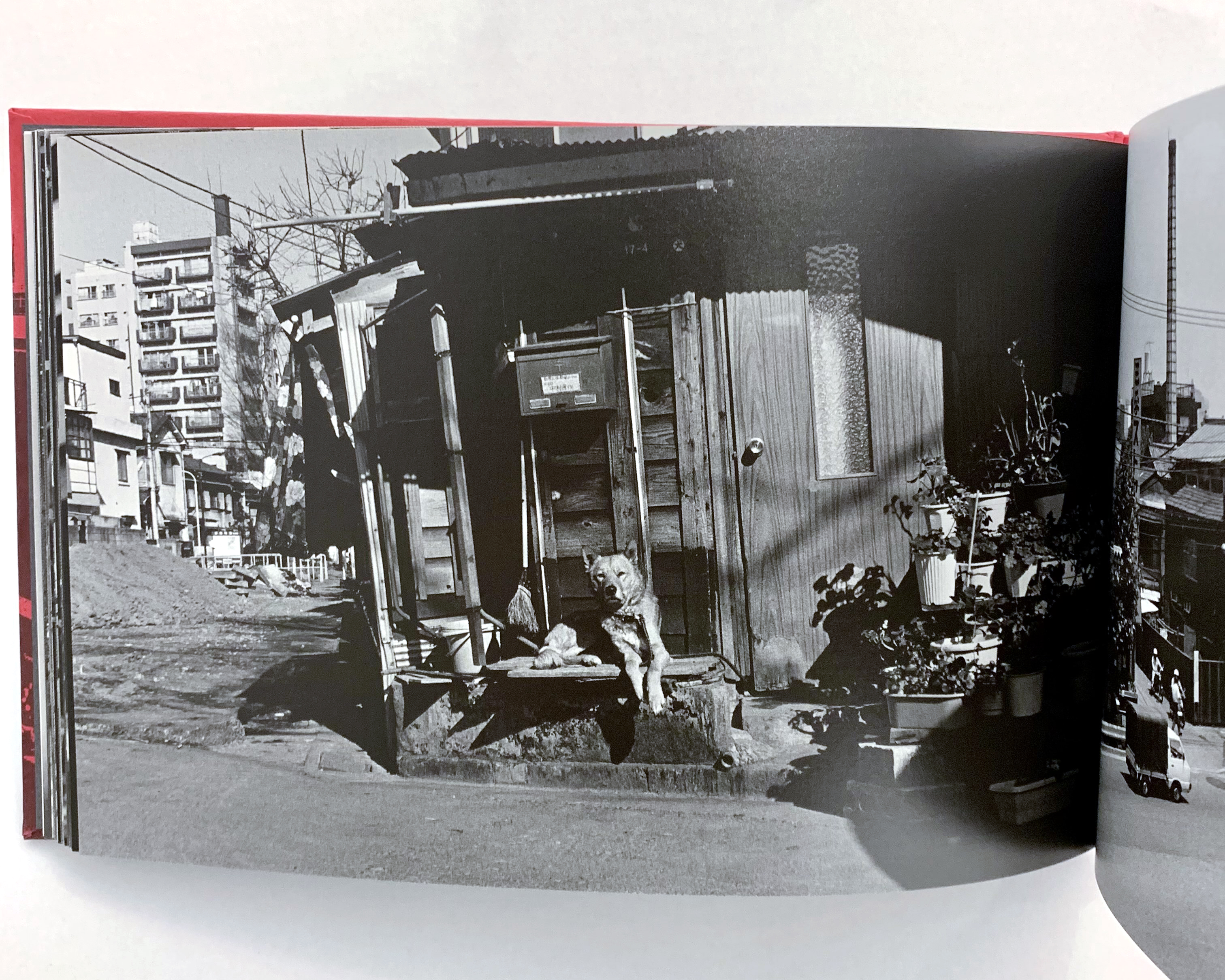
あの頃、新宿では、古くてぼろぼろなアパートや街の汚れがたくさんあったそうです。治安は今よりもやや悪かったのかもしれませんが、これらの写真を見るととにかく質感や気配、生活感や人間味があったのだと感じることができます。現在、当時の新宿の影がまだ残っている場所もありますが、平成末期や令和が街を磨いていました。角が丸くなり、ガラスや防犯カメラで整列され、殺菌され、明るくなっています。
- “あの頃の新宿”の路上には、颯爽とした浩二君と、鬱然たる尾仲君の二人が立っていた。
- -森山大道
この本の唯一のテキストとして、森山大道さんが文章を寄せています。 「浩二君」と「尾仲君」は、今新宿をどう思っているのだろう。しかしありがたいことに、この素晴らしい本を通じて、当時の彼らの思いを見ることができる気がします。
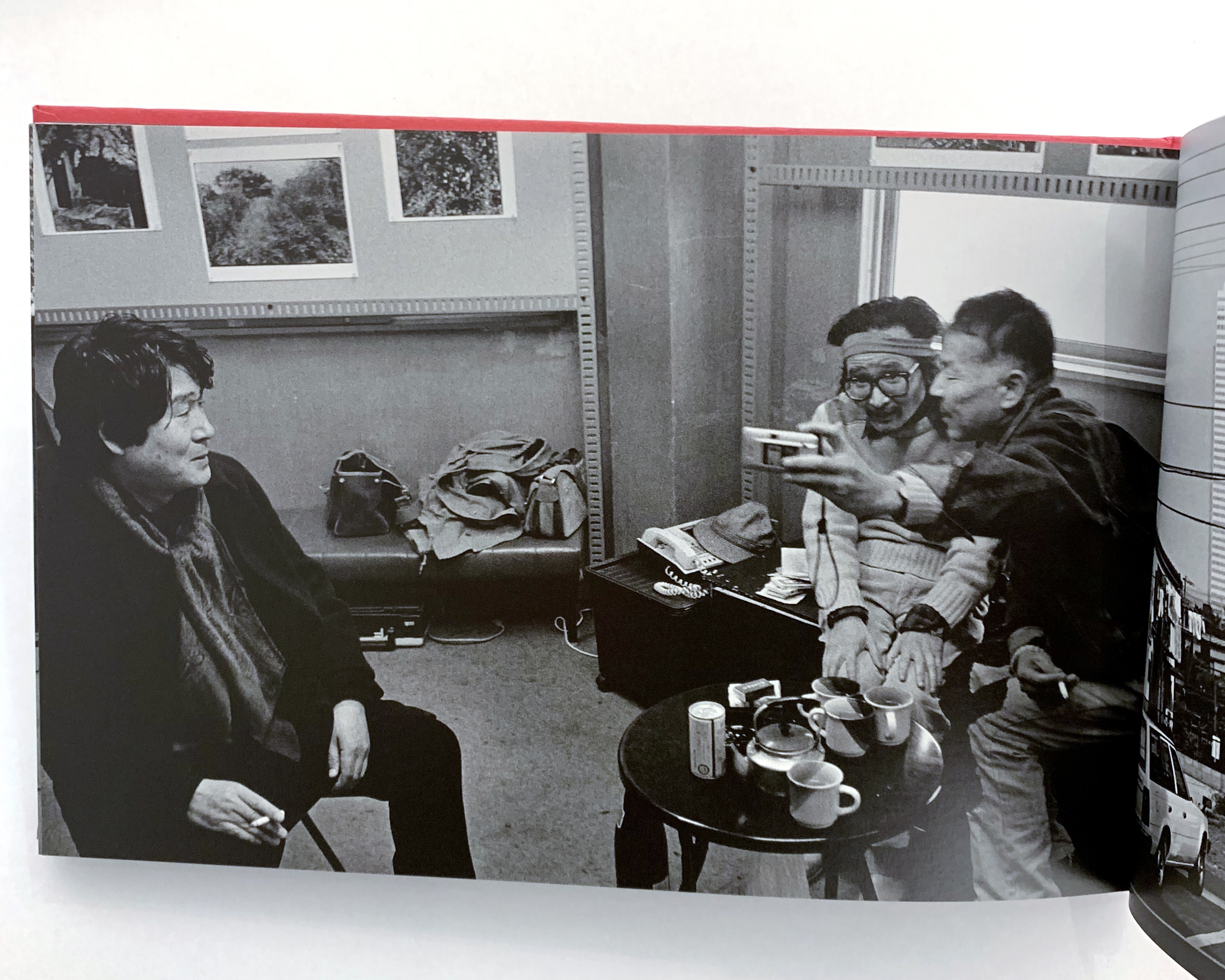
memories of younger days in Shinjuku
KAIDO BOOKS, 2018
Koji Onaka
Book shop ONAKA for international
尾仲浩二『あの頃、新宿で』
出版=KAIDO BOOKS(2018年)
225×145㎜・白黒96ページ・ハードカバー・初版500部
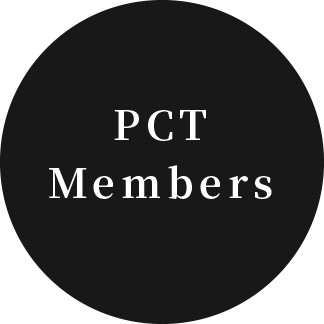
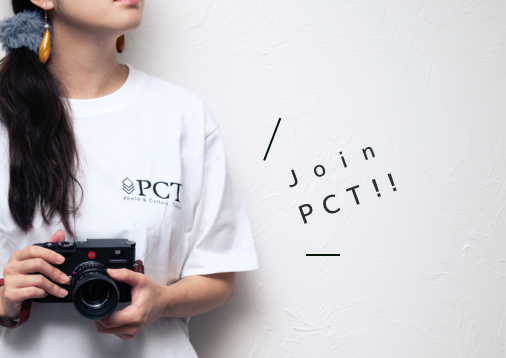
PCT Membersは、Photo & Culture, Tokyoのウェブ会員制度です。
ご登録いただくと、最新の記事更新情報・ニュースをメールマガジンでお届け、また会員限定の読者プレゼントなども実施します。
今後はさらにサービスの拡充をはかり、より魅力的でお得な内容をご提供していく予定です。
 「Photo & Culture, Tokyo」最新の更新情報や、ニュースなどをお届けメールマガジンのお届け
「Photo & Culture, Tokyo」最新の更新情報や、ニュースなどをお届けメールマガジンのお届け 書籍、写真グッズなど会員限定の読者プレゼントを実施会員限定プレゼント
書籍、写真グッズなど会員限定の読者プレゼントを実施会員限定プレゼント